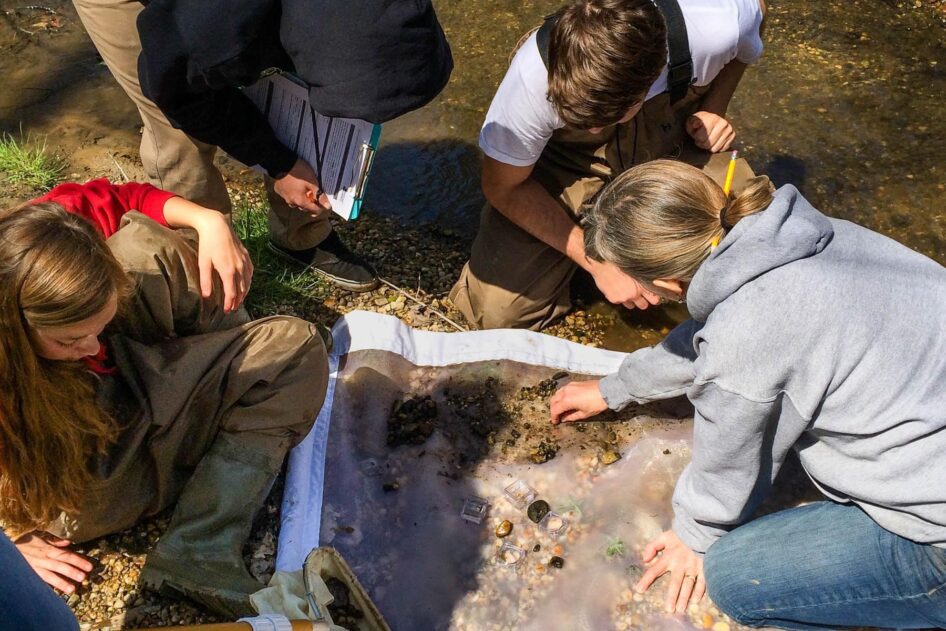Queen Anne’s County uses Coronavirus relief funding to boost environmental education

When studying environmental science, it helps if students can get outside and get hands-on with the subject they are learning. Now, a new project is giving students on Maryland's Eastern Shore more opportunities to do just that. Thanks to $1 million in Coronavirus relief funding, Queen Anne's County is building new outdoor classrooms for each of its 14 schools.
The new suite of classrooms—set to be completed by the end of summer of 2023—will include covered pavilions with seating, electricity, and carts where teachers can store projectors and other resources. Each school will be able to develop their outdoor classroom in a way that spotlights the natural offerings of the school grounds, such as pollinator gardens and nearby waterways. Queen Anne’s County plans on partnering with community organizations, who will work with teachers to provide environmental education programming on the school grounds.
Teachers in Queen Anne’s County will be able to use the classrooms to connect their students with the natural environment in their local community. This type of place-based learning helps students understand their role in environmental protection and the health of the Chesapeake Bay. Outdoor classrooms on school grounds also remove the financial burden of traveling to off-campus centers, therefore increasing the accessibility of outdoor education to all students. Since the classrooms will be used across disciplines, students from all subjects will benefit.
With ongoing concerns over the coronavirus, these outdoors classrooms will also offer a safer venue for students and teachers. Likewise, the significant mental and physical health benefits associated with being outdoors will benefit students during and after the pandemic.
Queen Anne’s County Public School Supervisor of Curriculum and Instruction Michael Page explained that the outdoor classrooms are meant to re-engage students after a year of disconnection due to COVID-19. The outdoor classrooms will also expand on the county’s ongoing efforts to implement Meaningful Watershed Educational Experiences (MWEEs), which are learner-centered experiences that focus on investigations of local issues that lead to informed stewardship and civic action. MWEEs are one of three outcomes of the Chesapeake Bay Program’s Environmental Literacy Goal, which is overseen by the Education Workgroup.
Support for the project—which the county has named “Re-imagine Education”—comes from both state and federal COVID-19 relief funds. In April of 2021, Queen Anne’s County Public Schools applied for funding from Governor Hogan’s Emergency Education Relief II (GEER II) Fund, which stems from the larger Coronavirus Aid, Relief, and Economic Security (CARES) Act, with the vision of building outdoor learning spaces. The county won the grant and were given $1 million to build the 14 classrooms.
Queen Anne’s County is still in the beginning stages of this three-year grant. Page made it clear that this project wouldn’t have been possible without the strong support of the Superintendent Dr. Patricia Saelens, and the Supervisor of Mathematics Mrs. Amy Smith, who helped write the grant proposal. When asked about the project, Dr. Saelens said, “We welcome the opportunity for students to engage in environmental learning in an outdoor facility. We are thankful and excited for these grant funds."
Building an outdoor classroom can be a great step for any school system looking to advance its environmental education. If interested in how your school district can leverage COVID-19 relief funds for environmental literacy, review this resource from the North American Association for Environmental Education.
